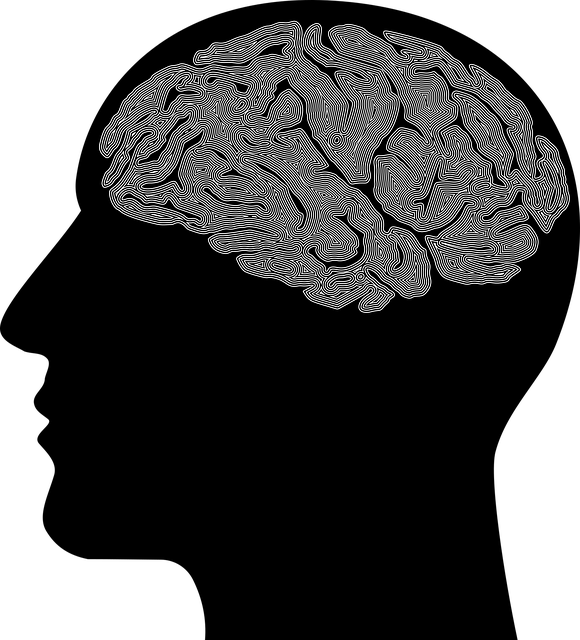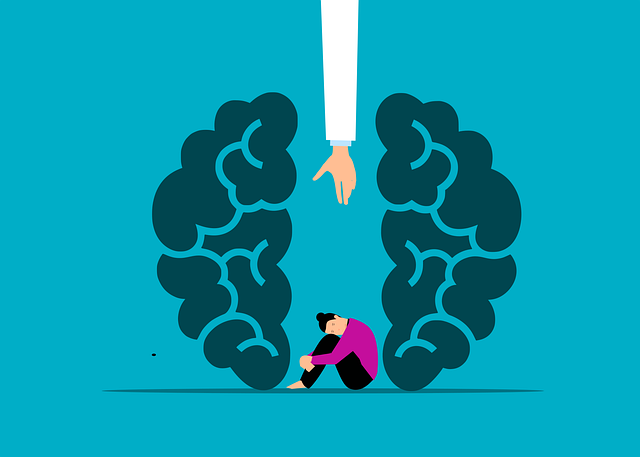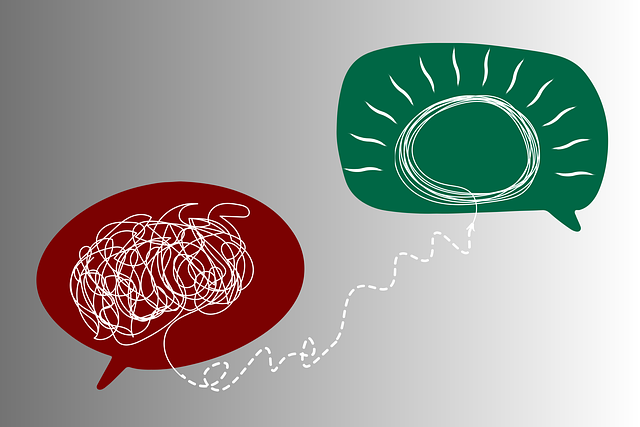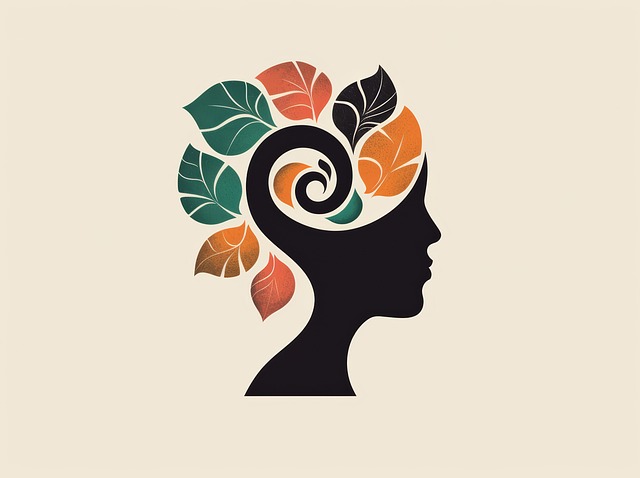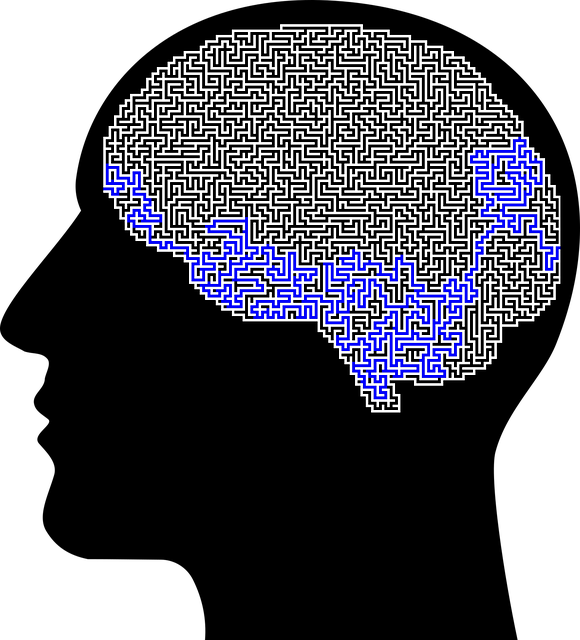In today's digital age, media significantly shapes societal perceptions of mental health, especially among adolescents. Current depictions often oversimplify conditions like depression and anxiety, leading to misunderstandings and stigmatization. To counteract this, media can showcase accurate, diverse narratives on mental health recovery, including therapy for adolescent teens, self-care, and cognitive reframing. Integrating these representations into education programs can foster more supportive learning environments. For example, highlighting risk assessment tools and anger management techniques destigmatizes essential resources and encourages help-seeking behaviors among teens.
Mental illness representation in media has long been a subject of debate, with many challenges impacting youth perception. This article delves into the current scenario, highlighting the critical need for accurate portrayals to address teenage mental health. We explore barriers like stereotypes and lack of understanding, emphasizing why precise depictions through therapy and anger management strategies are essential. By focusing on these approaches, media can foster a more supportive environment for adolescent teens grappling with mental health issues.
- Understanding Mental Illness Representation in Media: The Current Scenario
- Challenges and Barriers: Why Accurate Portrayals are Essential for Teens
- Strategies and Solutions: Enhancing Media's Role in Promoting Youth Mental Health Through Therapy and Anger Management
Understanding Mental Illness Representation in Media: The Current Scenario

In today’s digital era, media plays a pivotal role in shaping societal perceptions, especially regarding mental health. The current scenario presents a mixed picture when it comes to representing mental illness on screen. Often, media portrayals perpetuate stereotypes and offer simplistic, one-dimensional depictions of conditions like depression or anxiety, missing the intricate nuances and complexities these disorders present. This can lead to misunderstandings and stigmatization among viewers, particularly adolescents who are still developing their own perceptions of mental well-being.
For instance, angery expressions in teens are frequently pathologized without exploring underlying causes such as trauma or unmet needs. Media has a powerful tool to either reinforce these misconceptions or challenge them by showcasing accurate representations that include the diverse experiences and journeys towards recovery. Incorporating narratives that highlight effective strategies like therapy for adolescent teens, self-care practices, and mind over matter principles can offer valuable insights into managing anger and other mental health concerns. Additionally, designing mental health education programs that draw from these media representations can create more inclusive and supportive learning environments.
Challenges and Barriers: Why Accurate Portrayals are Essential for Teens

Mental illness representation in media plays a pivotal role in shaping public perception, especially among teens who are still developing their understanding of emotions and mental health. However, media often perpetuates stereotypes and misconceptions, leading to challenges in accurate portrayal. For adolescent teens, these representations can significantly impact their self-perception and willingness to seek help. Inaccurate or incomplete portrayals of mental illness, particularly anger management issues, can be detrimental, fostering an environment where teens feel stigmatized rather than supported.
The absence of authentic narratives encourages the belief that mental health struggles are rare or even something to be ashamed of. Conversely, accurate media representation normalizes these experiences, encouraging teens to open up about their challenges and consider therapy as a viable solution. Effective communication strategies, such as conflict resolution techniques and self-care practices, can be modeled in media, providing valuable learning opportunities for young audiences. Moreover, risk assessment tools for mental health professionals can be highlighted to showcase the importance of proper evaluation and care when dealing with adolescent teens’ anger management issues.
Strategies and Solutions: Enhancing Media's Role in Promoting Youth Mental Health Through Therapy and Anger Management

Media has a significant influence on shaping youth perceptions about mental health and well-being. To address the challenge of inadequate representation, there’s a pressing need for more realistic and nuanced portrayals of adolescents navigating their mental wellness journeys. One effective strategy is to integrate therapy and anger management techniques into media content aimed at teens. By showcasing these processes, media can destigmatize therapy and encourage young viewers to seek help when needed.
Therapy sessions, particularly those focusing on emotional regulation, can be portrayed through fictional narratives or even documentary-style series. These platforms can offer valuable mental wellness journaling exercise guidance by illustrating how adolescents process their feelings and experiences. Moreover, featuring characters who engage in emotional healing processes and mental wellness podcast series production can inspire teens to explore these resources for support. This approach not only educates but also empowers young audiences to take charge of their mental health.
Media plays a pivotal role in shaping societal perceptions, especially among teens. Accurately representing mental illness is crucial for reducing stigma and promoting understanding. By implementing strategies such as therapy and anger management programs, media can effectively address challenges and provide valuable resources for young audiences struggling with their mental health. Encouraging more inclusive narratives will foster empathy, encourage help-seeking behaviors, and ultimately contribute to a healthier, more supportive environment for adolescents.


